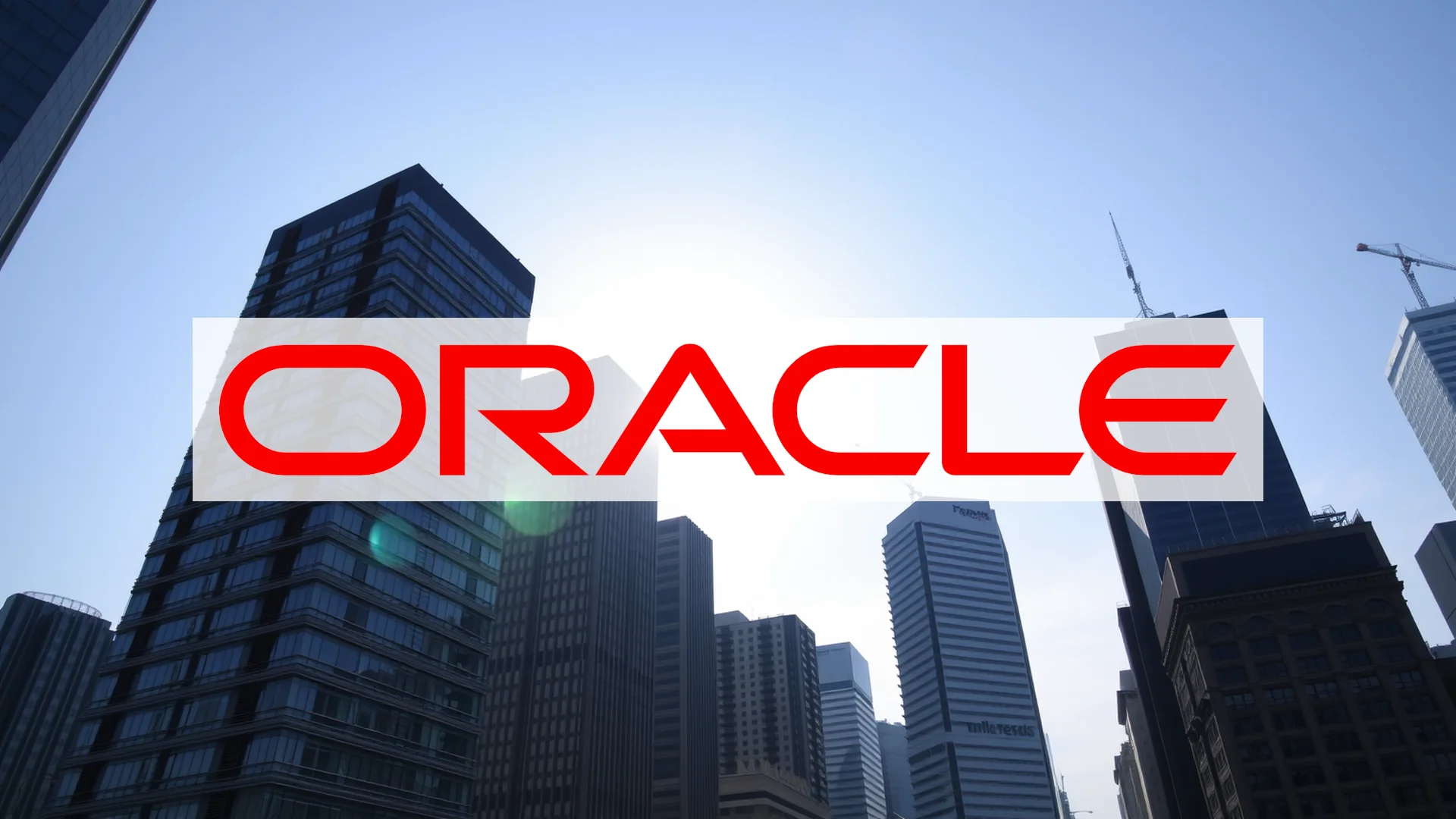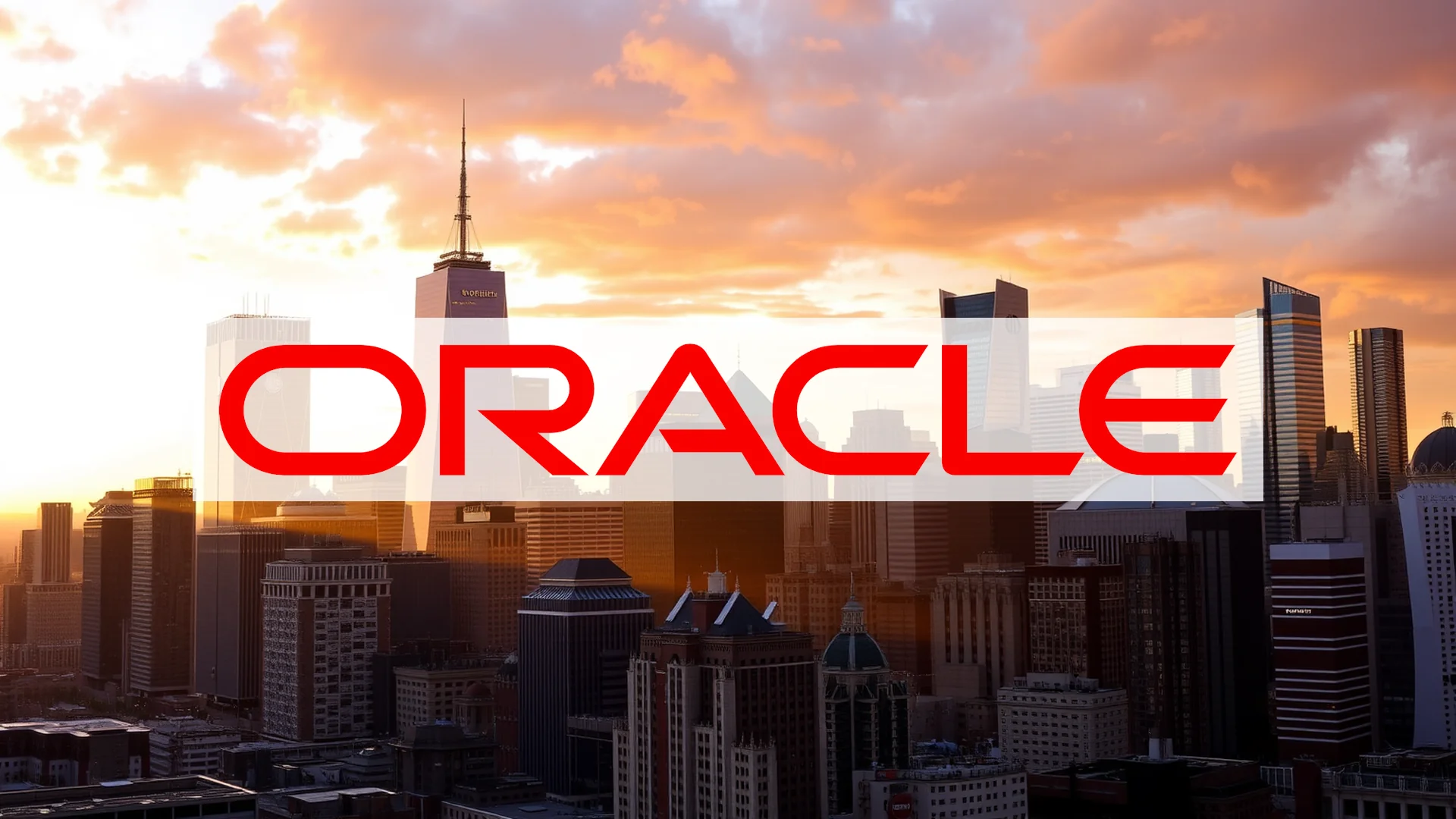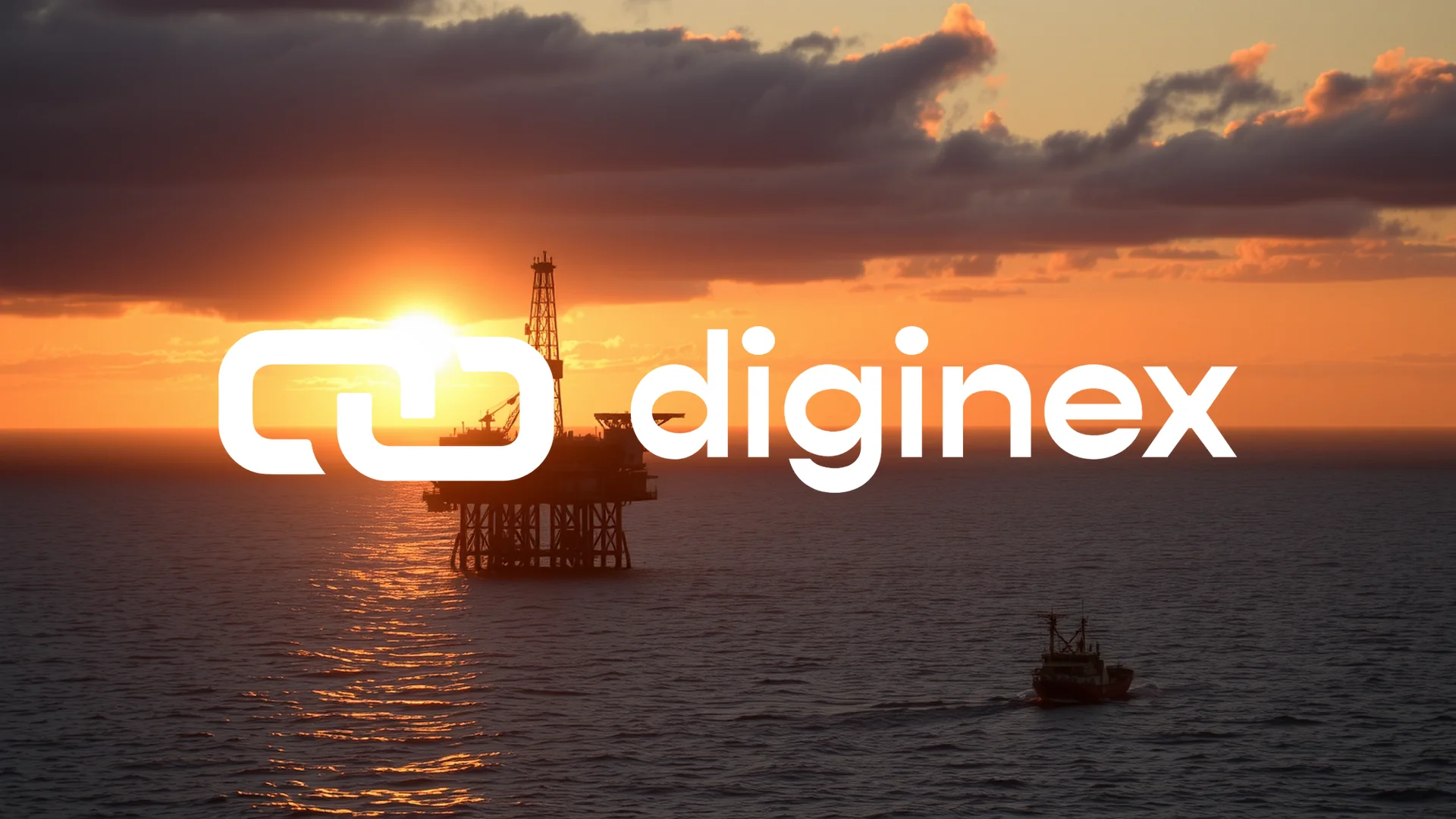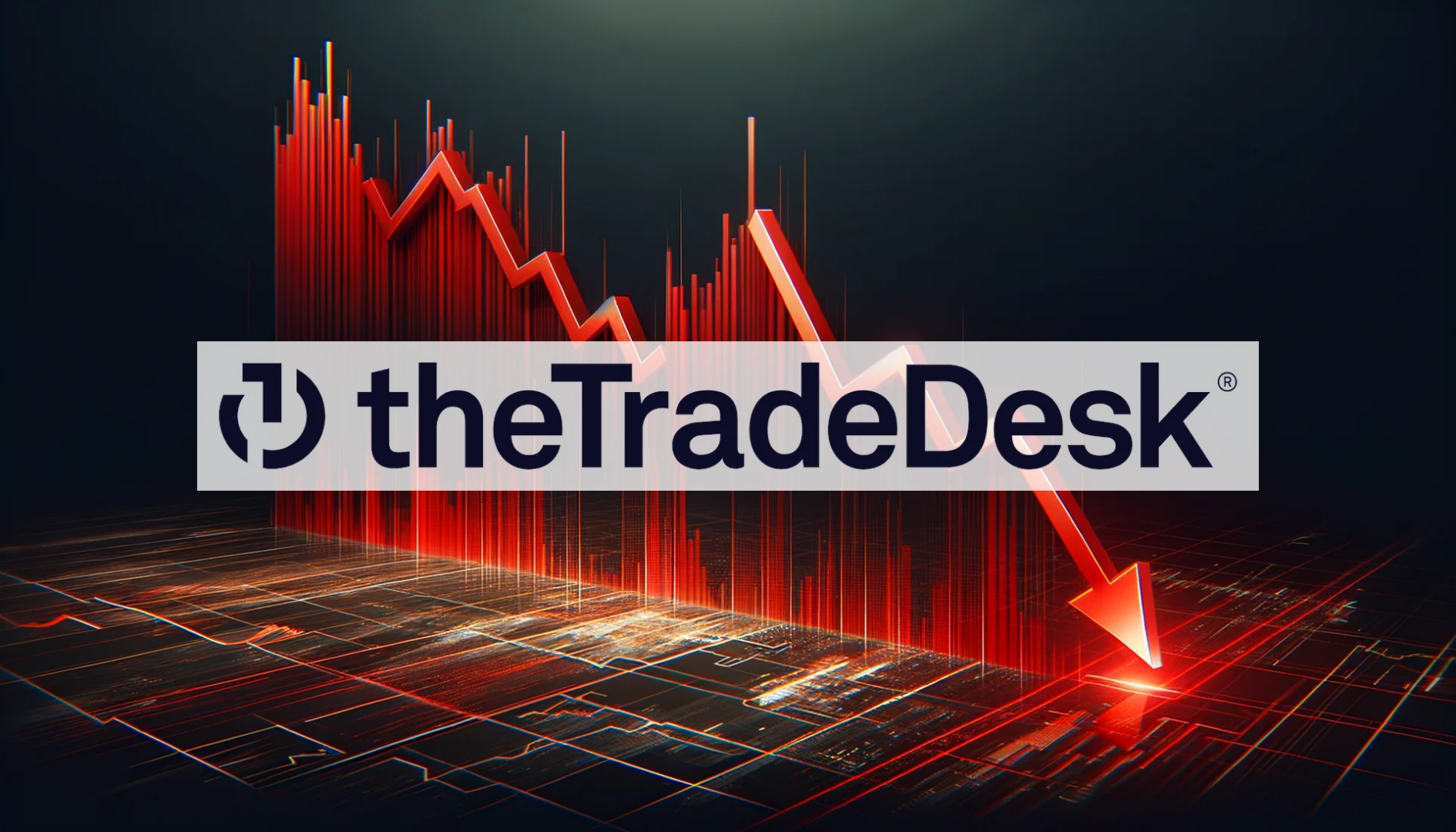A staggering $300 billion in market capitalization has vanished from Oracle in just two months. This dramatic decline represents more than a typical market correction; it signals a rapid withdrawal of investor confidence. Since the technology giant announced a multi-billion dollar partnership with OpenAI in September, its stock has been in a sustained downward spiral. Market participants are expressing profound skepticism about whether Oracle’s aggressive, debt-fueled artificial intelligence expansion will yield returns or potentially jeopardize the company’s financial stability.
Mounting Debt for AI Ambitions Sparks Concern
The core issue unsettling markets is not Oracle’s AI strategy itself, but its chosen method of financing. The company intends to take on billions in additional debt to scale its artificial intelligence infrastructure. Wall Street is openly questioning if these massive capital expenditures will ever generate the promised returns, or if Oracle is instead assuming an unsustainable level of risk. This growing debt burden is already making an impact: not only has the stock suffered, but Oracle’s corporate bonds have also faced selling pressure.
Compounding these worries are concerns about shrinking profit margins. The operational costs for running their expansive infrastructure are rising rapidly, while it remains uncertain whether future revenue can keep pace. Even positive developments—such as the recent recognition of Oracle Financial Services for its application of AI in risk technology—have failed to stem the negative sentiment. Investor trust has been fundamentally shaken, establishing a clearly negative trend.
Should investors sell immediately? Or is it worth buying Oracle?
Bear Market Territory Confirmed with 33% Decline
The technical picture confirms the bleak outlook. Oracle has officially entered bear market territory, with its shares now trading more than 30% below their recent peaks. By the end of October, the stock had fallen into this feared zone, erasing all gains achieved following its last major quarterly report. The share price has broken through key moving averages that provided reliable support for most of the year. Technical analysts are now warning that the next significant support level may not appear until the $200 mark—the level from which its last major upward movement originated.
The critical question facing investors is whether this represents an exaggerated panic reaction or the beginning of a more prolonged decline.
Ad
Oracle Stock: Buy or Sell?! New Oracle Analysis from November 20 delivers the answer:
The latest Oracle figures speak for themselves: Urgent action needed for Oracle investors. Is it worth buying or should you sell? Find out what to do now in the current free analysis from November 20.
Oracle: Buy or sell? Read more here...










